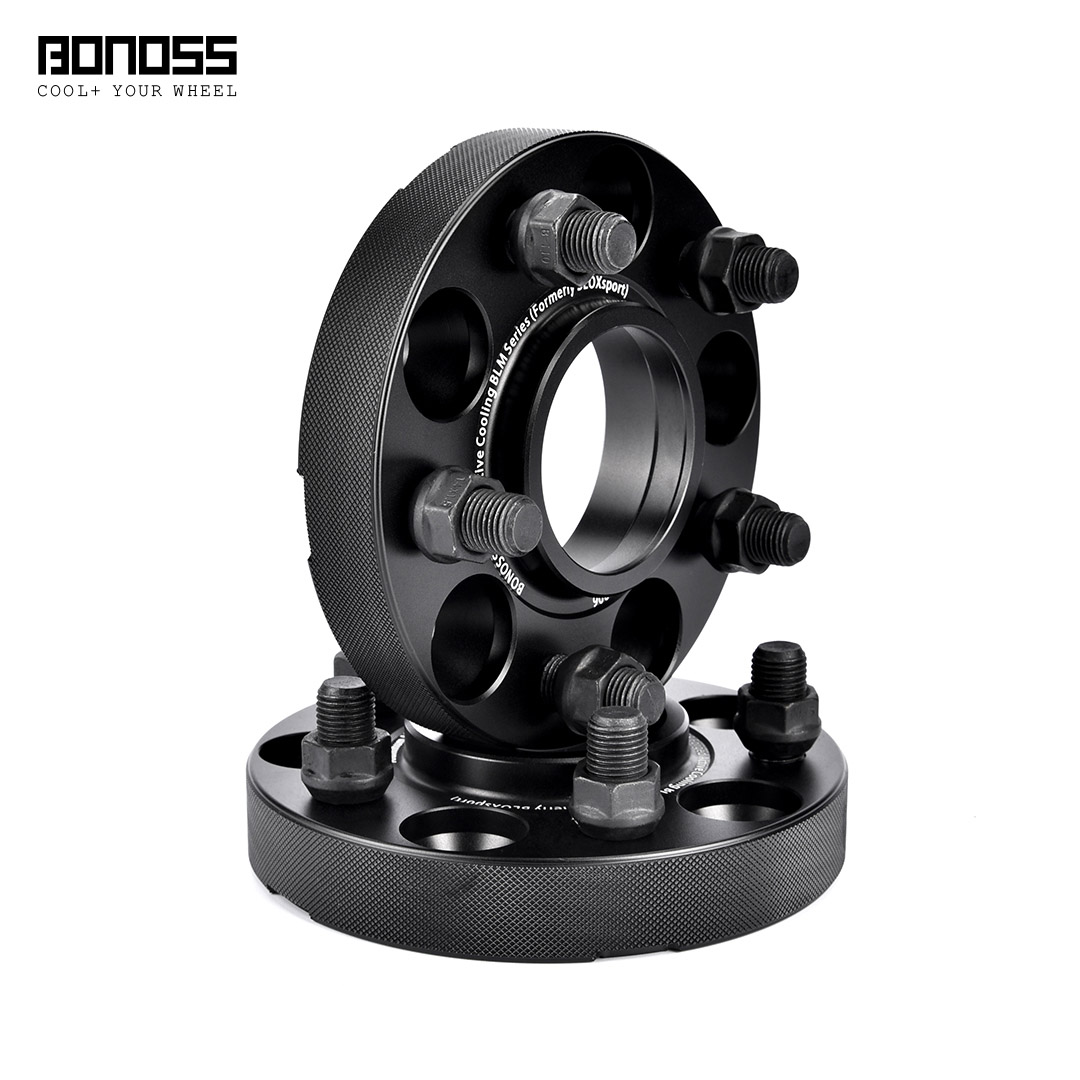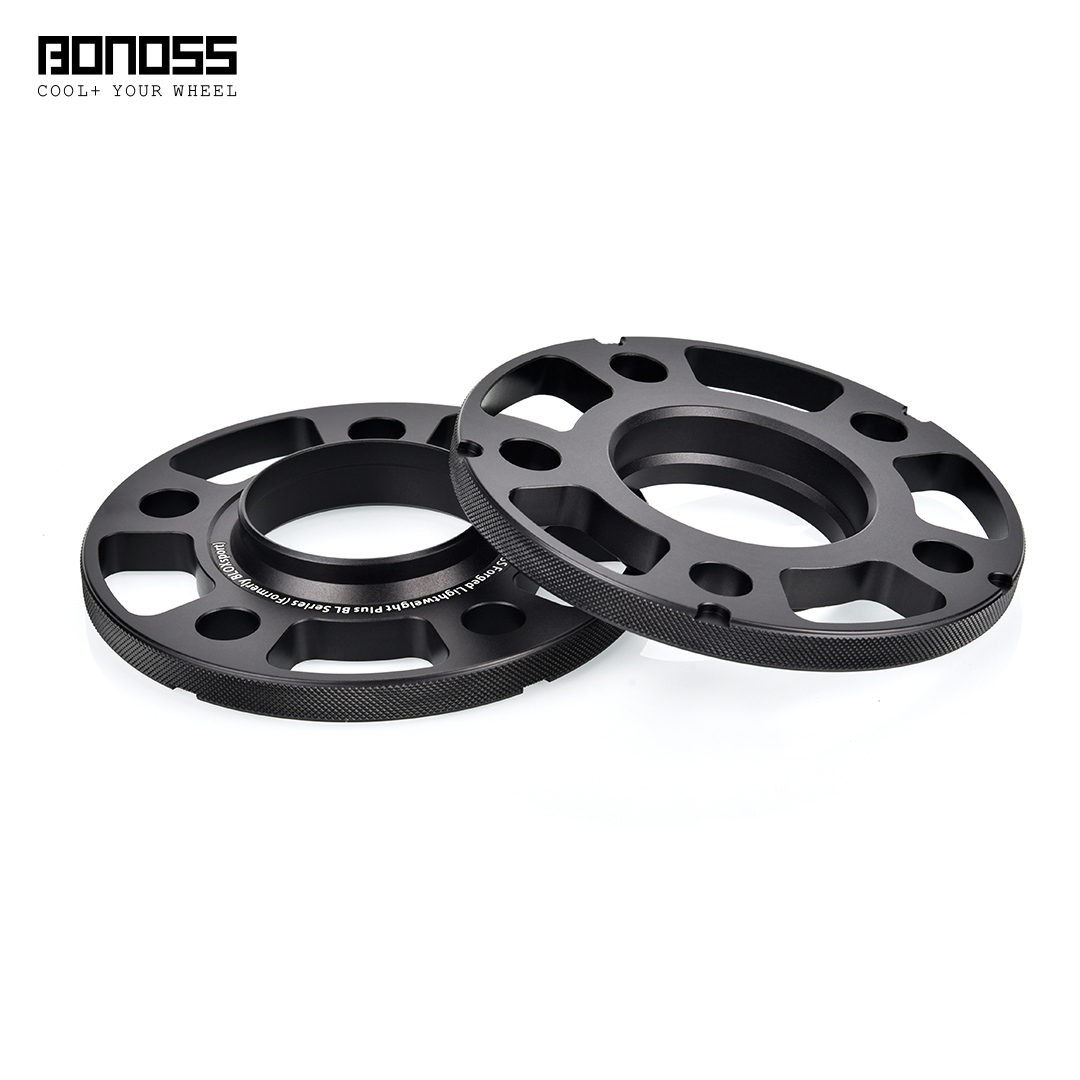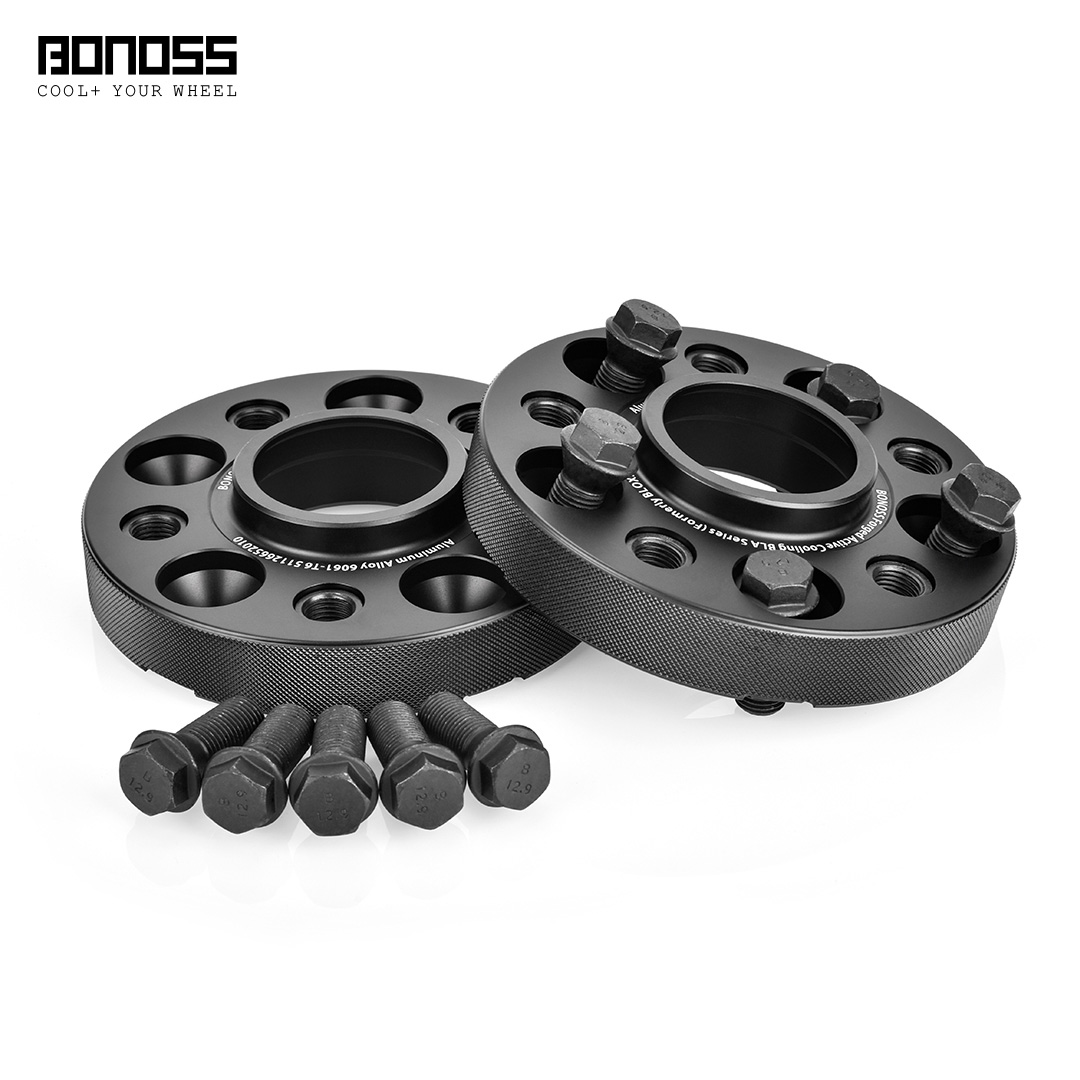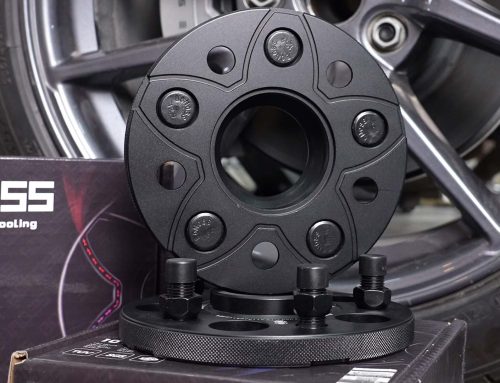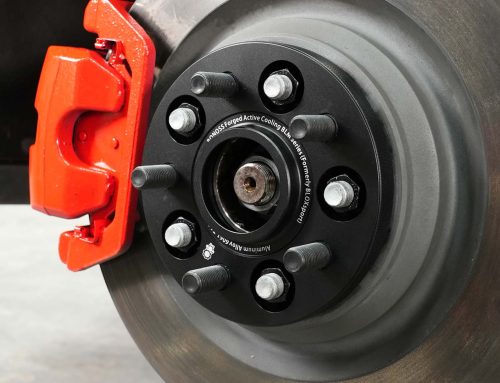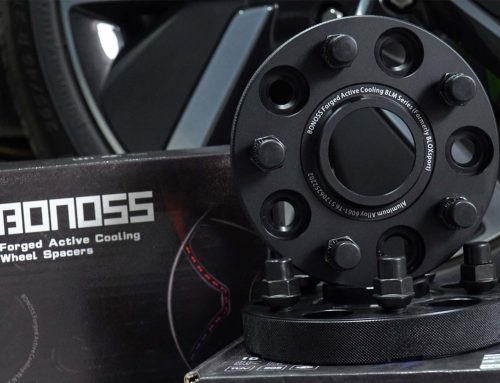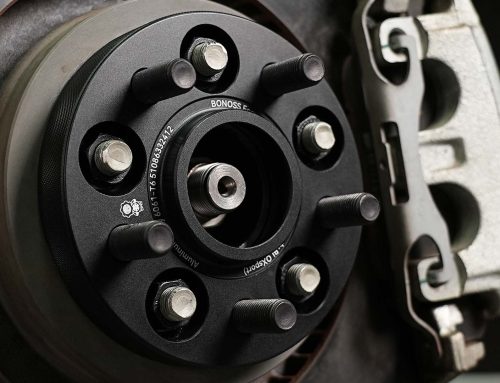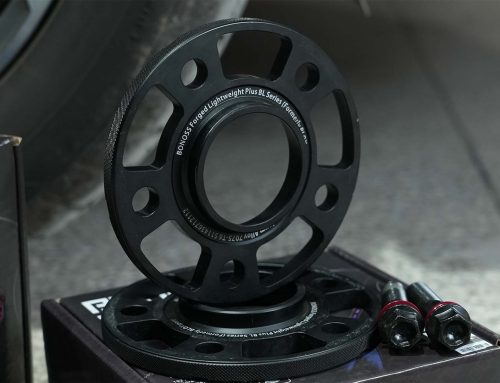The Toyota spacers are designed for functionality and cosmetics. By moving the wheels and tires further from the suspension, wheel spacers create more inner wheel clearance which is good to prevent larger tires from rubbing against the inner fenders, shock absorbers, brake calipers, or other parts.
As manufacturing technology improves, modern Toyota spacers are getting more durable and tough. Countless successful cases prove that it is safe to put even 2-inch wheel spacers on your cars. So long as you operate a correct installation, they won’t crack easily. In this article, our expert provides pro tips of safely install Toyota spacers.
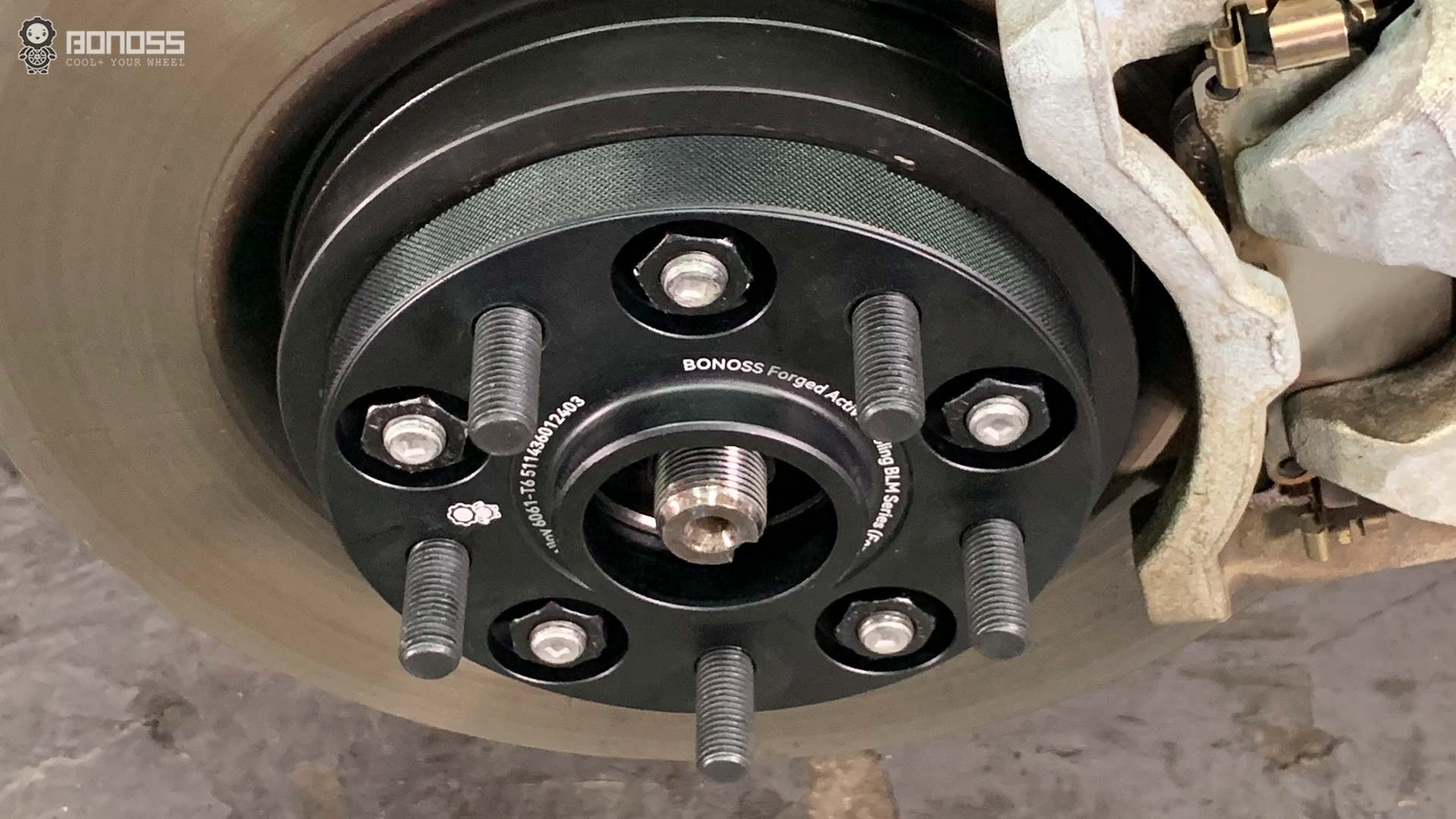
How to Install Toyota Spacers Properly?
If you are ready to install wheel spacers, the instructions below may help you walk through each step.
- Park your Toyota car in a safe, well-lit, level area, leave the wheels in contact with the ground;
- Loosen all the lug nuts, lift the car and slowly remove the stock wheel;
- Cleaning the entire hub surface, ensuring it is clean and smooth;
- Place your Toyota car spacers on the hub and ensure that the spacer is firmly seated and flush against the hub;
- Tighten the spacer with the matching lug nuts to the vehicle hub to specific torque;
- When installing your wheel, use the stock lug nuts to secure it;
- Repeat the above steps for the remaining wheels;
- Then your new wheels are safely installed on your Toyota car.
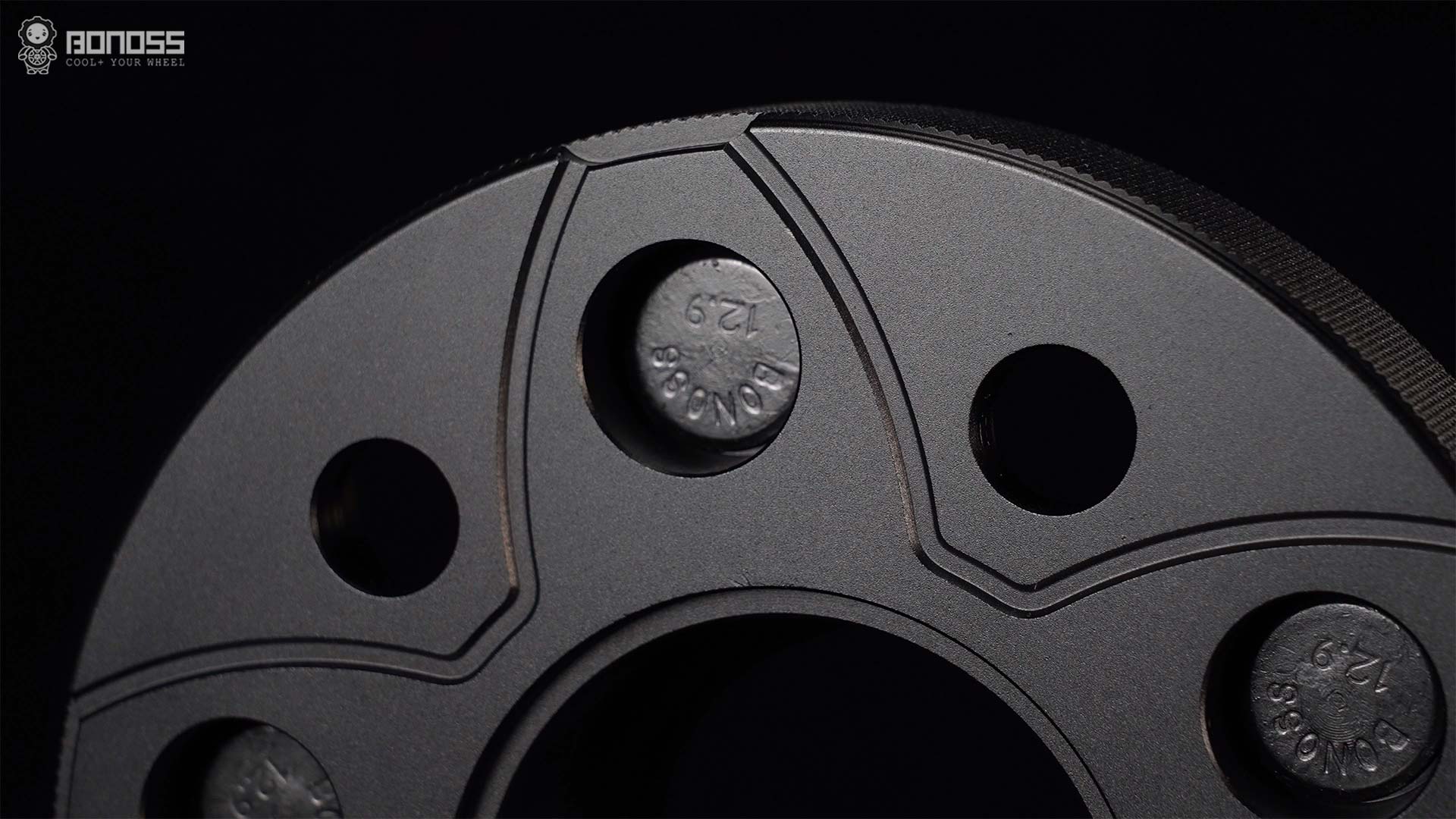
Where to Buy the Best Toyota Spacers?
Brand manufacturers focus on quality and performance. Before leaving the factory, BONOSS’s tech staff will do a series of inspections on the finished Toyota aluminum spacers to check for any defects. They measure the individual aspects of the spacers to make sure that they meet the design specifications. BONOSS offers several key advantages that make their spacers a top choice.
1. Active Cooling for Better Experience
BONOSS forged active cooling Toyota spacers are machined with heat dissipation grooves. Distributed in petal shape, these heat dissipation grooves allow the external cold air to flow continuously inside the wheel spacer when it rotates. The air takes away the heat to actively dissipate heat for the braking system.
2. Forged Aluminum with Hard Anodized
BONOSS forged active cooling Toyota spacers are made of 6061-T6/ 7075-T6 aluminum alloy. These aluminum alloy rim spacers are protected by naturally occurring oxide film and have incredible corrosion resistance. What’s better is that BONOSS applies a special black hard anodized surface treatment. This ensures a surface of unparalleled corrosion resistance.
3. Disassembly Grooves for Fast Removal
For a better user experience, BONOSS forged active cooling Toyota spacers come with disassembly grooves. The disassembly grooves refer to the small slots on the corner. Simply use a flat-head screwdriver and place it on one notch. Pound a hammer on the screwdriver at a 45-degree angle. It should come off pretty easily.
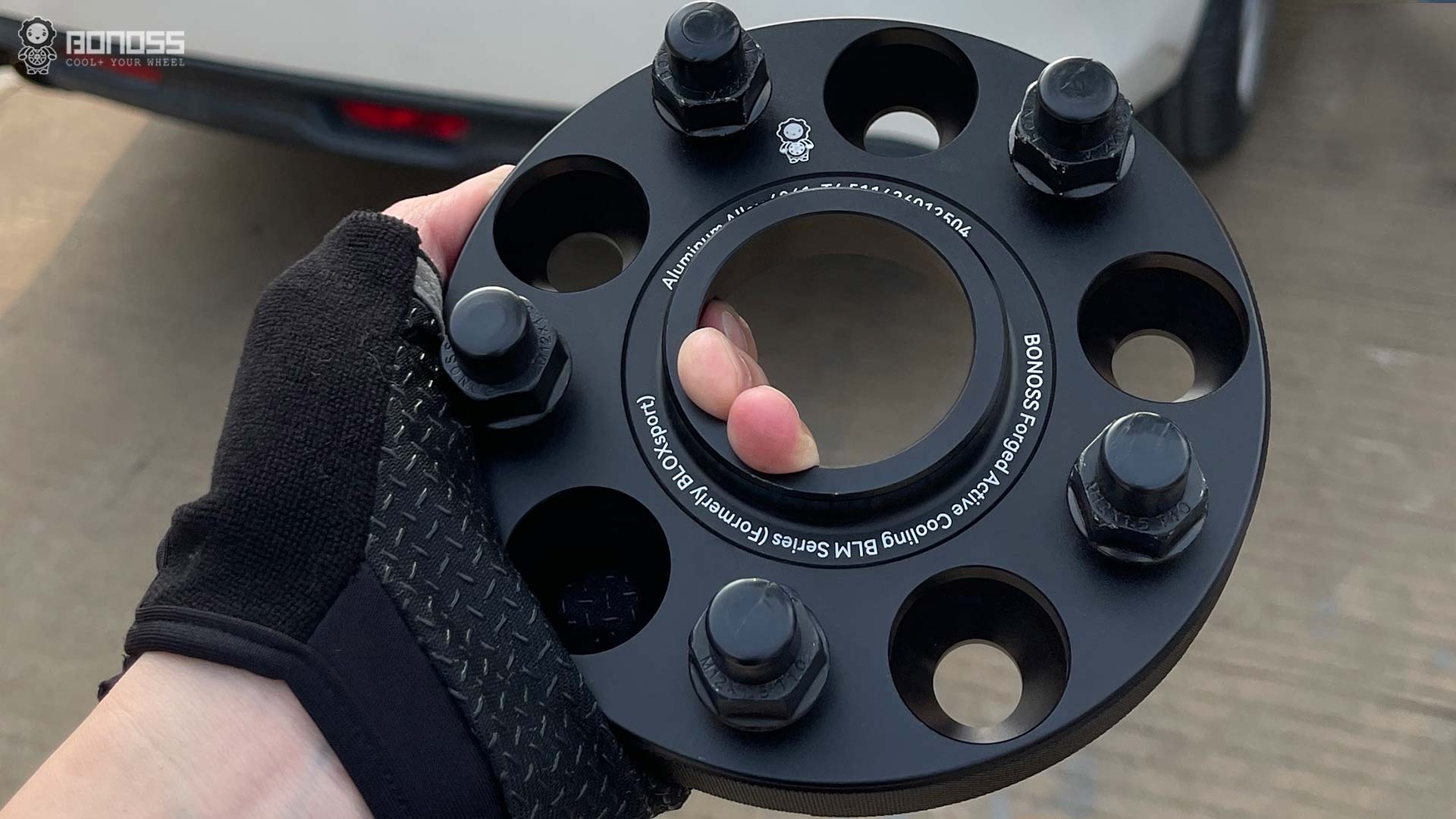
Frequently Asked FAQ
Q: Are Toyota spacers safe to drive?
A: As long as you install them correctly, high-quality Toyota spacers (like BONOSS spacers) are safe for daily driving or off-roading adventures.
Q: Do Toyota spacers affect ride?
A: Adding wheel spacers is a good way to improve the ride quality. By increasing the track width, the contact points of tires are expanded, which results in more stability and smoothness.
Q: How much are Toyota spacers?
A: Start from $300 for a set of 4. It depends on the brands and materials you choose. For example, BONOSS forged wheel spacers provide more useful advantages at a friendly price.
Final Summary: Elevate Your Wheel Style with BONOSS
With attention to innovative engineering and a relentless pursuit of quality manufacturing, BONOSS forged active cooling Toyota spacers surely give you the perfect wheel style and fitment along with confidence for years of rugged use. Choose BONOSS and experience the difference—engineered for those who demand the best.
(Hi, I’m Kevin Brian, a 30-year mechanical engineer. For a better user experience, this article is original content uploaded by humans. It is not generated by Artificial Intelligence (AI) Models or tools.)

